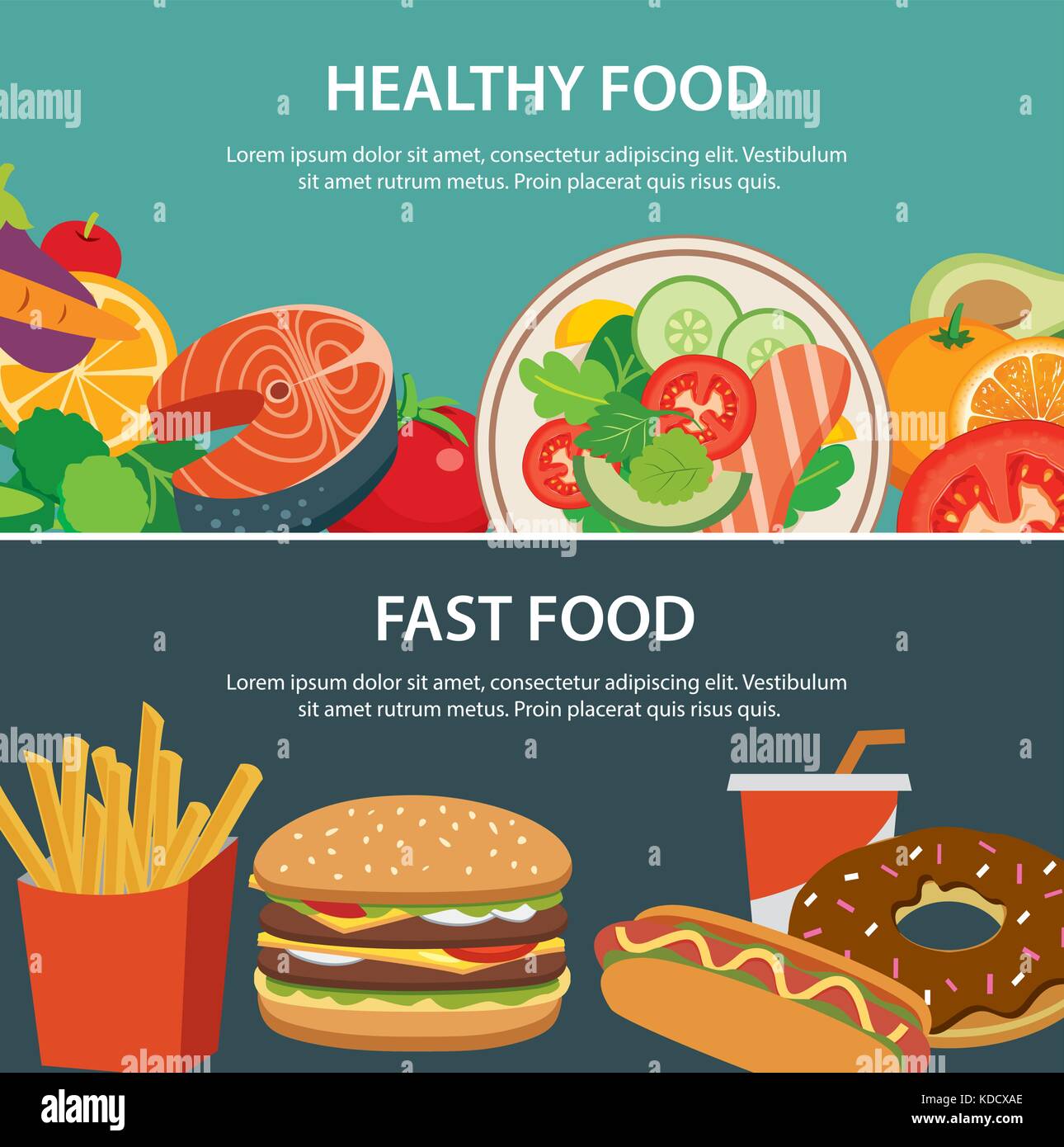
A good heart healthy diet and regular physical activity are your best bets for preventing heart disease. Many women don't make heart care a priority on their to-do lists. But, it's a big mistake for women to think that pills can stop the progression or heart disease. Research has shown that lifestyle changes can decrease the risk of developing heart disease up to 80 percent. Here are some ways to improve your heart health and prevent heart disease.
You can reduce your risk factors by identifying and reducing them. Your risk of developing cardiovascular disease depends on your age, gender, as well as genetics. It is important to know that men and women may experience different types of heart disease, so it is important to understand the risks of each group. There are many lifestyle choices that you can make in order to decrease your risk of developing coronary disease. But how can you determine which ones are right for you?

You can start by eating a heart healthy diet. Eat plant-based foods and lean meat. You can also eat whole grains and nuts. This will maintain a healthy heart and reduce your chances of developing heart diseases. Maintaining a healthy heart is crucial for controlling blood pressure and preventing strokes. It is important to make small adjustments to your daily routine. A few small changes can make a big difference in improving your heart health and decreasing your chance of developing heart disease.
You can stay healthy by taking preventative measures against cardiovascular disease. This will help lower your chances of suffering a heart attack. It is possible to reduce the risk of heart attacks by making lifestyle changes such as changing your diet and exercising. Improve your lifestyle to lower your chance of developing cardiovascular diseases. You should improve your exercise and diet to keep in shape. This will reduce the chance of you getting this condition. It is possible to adopt healthier habits and improve your overall well-being.
It is important to exercise regularly and eat a healthy diet. Being healthy can reduce your risk of developing cardiovascular disease. Being active can prevent you from developing heart disease. The best way to do so is to stay active. Try some exercises if you don’t exercise. You can do this by starting a new hobby. Doing this will allow you to get in shape, and decrease your chance of getting a heart attack.

You should be screened for cardiovascular disease if you have more than one risk factor. A blood test which measures your body mass and waist circumference is helpful. You should also have your cholesterol levels checked to make sure your blood pressure is below the normal range. Smoking, alcohol intake, and tobacco use should be avoided. Staying healthy will mean you are more active. You will be less likely to have heart disease if you can reduce your risk factors.
FAQ
What's the difference between a virus & a bacterium?
A virus, a microscopic organism, is incapable of reproducing outside its host cell. A bacterium is a single-celled organism that reproduces by splitting itself in two. Viruses can be as small as 20 nanometers, while bacteria can grow up to 1 micron.
Viruses spread easily through contact with infected bodily tissues, such as saliva and urine, semen, vaginal secretions or pus. Bacteria are often spread via direct contact with contaminated surfaces or objects.
Viruses may enter the body through cuts, scrapes. bites, or any other break in the skin. They may also enter through the nose, mouth, eyes, ears, vagina, rectum , or anus.
Bacteria can enter our bodies through wounds, cuts, scrapes, burns, insect stings, or other breaks in our skin. They can also get into our bodies via food, water or soil.
Viruses and bacteria both cause illness. But viruses can't multiply within their hosts. So they only cause illnesses when they infect living cells.
Bacteria may spread to other people and cause sickness. They can spread to other parts of our bodies. We need antibiotics to get rid of them.
Exercise: Good and bad for immunity?
Exercise is good to your immune system. Your body makes white blood cells that fight infections when you exercise. Your body also gets rid of toxins. Exercise can help prevent heart disease and cancer. It reduces stress.
However, exercising too much can weaken your immune system. Exercising too hard can make your muscles sore. This causes inflammation, swelling, and can even lead to death. The body then needs to make more antibodies to fight infection. Problem is, extra antibodies can trigger allergies and other autoimmune conditions.
So, don't overdo it!
How does an antibiotic work?
Antibiotics kill harmful bacteria. Antibiotics can be used to treat bacterial infection. There are many options for antibiotics. Some are taken orally, some are injected, and others are applied topically.
Antibiotics are often prescribed to people who have been exposed to certain germs. If someone has chicken pox, they might need to take an oral antibiotic in order to prevent shingles. For those with strep-thorphritis, an injection of penicillin could be administered to prevent them from getting pneumonia.
If antibiotics are to be administered to children, they must be prescribed by a doctor. Children are more susceptible to side effects from antibiotics than adults.
Diarrhea being the most common side effect of antibiotics. Other side effects that could occur include nausea, vomiting and dizziness. These symptoms usually go away after treatment ends.
What is the problem?
BMI stands For Body Mass Index. This refers to the measurement of body fat using height and weight. This formula calculates BMI.
Divide the weight in kilograms by the height in meters squared.
The result is expressed in a number between 0 - 25. Scores of 18.5 and higher indicate overweight, while scores of 23 and higher indicate obesity.
A person who weighs 100 kg and has a height of 1.75 m will have a BMI of 22.
Statistics
- WHO recommends reducing saturated fats to less than 10% of total energy intake; reducing trans-fats to less than 1% of total energy intake; and replacing both saturated fats and trans-fats to unsaturated fats. (who.int)
- In both adults and children, the intake of free sugars should be reduced to less than 10% of total energy intake. (who.int)
- Extra virgin olive oil may benefit heart health, as people who consume it have a lower risk for dying from heart attacks and strokes according to some evidence (57Trusted Source (healthline.com)
- nutrients.[17]X Research sourceWhole grains to try include: 100% whole wheat pasta and bread, brown rice, whole grain oats, farro, millet, quinoa, and barley. (wikihow.com)
External Links
How To
What does the word "vitamin" mean?
Vitamins are organic substances found naturally in food. Vitamins allow us to absorb nutrients from food. Vitamins are not made by the body, so they must be obtained through food.
There are two types if vitamins: water soluble, and fat soluble. Water soluble vitamins dissolve easily in water. You can find vitamin C,B1 or thiamine, B2 or riboflavin and B3 or niacin, B3/niacin, B6/pyridoxine, folic Acid, biotin and pantothenic Acid as examples. The liver and fat soluble vitamins are stored within the liver and in fatty tissue. Examples include vitamin D, E, K, A, and beta carotene.
Vitamins are classified based on their biological activity. There are eight major types of vitamins:
-
A - essential for normal growth and maintenance of health.
-
C - essential for nerve function and energy generation.
-
D – Essential for healthy teeth, bones and joints
-
E - Required for good vision & reproduction
-
K - Required for healthy nerves and muscles.
-
P - essential for strong bones, teeth and tendons
-
Q - aids digestion and absorption of iron.
-
R - Required for red blood cell production
The recommended daily allowance (RDA) of vitamins varies depending on age, gender, and physical condition. The U.S. Food and Drug Administration sets RDA values.
For adults over 19 years, the RDA is 400 mg per day for vitamin A. Pregnant women require 600 micrograms daily to support fetal development. Children ages 1-8 require 900 micrograms per day. Infants below one year old require 700mg per day. But, between 9 months to 12 months, the amount drops to 500mg per day.
Children aged between 1-18 years require 800 micrograms of sugar per day, while overweight children need 1000 micrograms. Children who are underweight receive 1200 micrograms every day to meet their nutritional requirements.
Children between 4 and 8 years old with anemia will need 2200 micrograms daily of vitamin C.
2000 micrograms daily is required for adults over 50 to maintain their general health. Mothers who are pregnant, nursing, or have a high nutrient need will require 3000 micrograms a day.
1500 micrograms are required daily by adults over 70 because they lose approximately 10% of their muscle each decade.
Women who are pregnant and lactating need more nutrients than the RDA. Pregnant and breastfeeding women require 4000 micrograms each day during pregnancy and 2500 Micrograms each day after delivery. Breastfeeding mothers require 5000 micrograms daily when breast milk production is occurring.